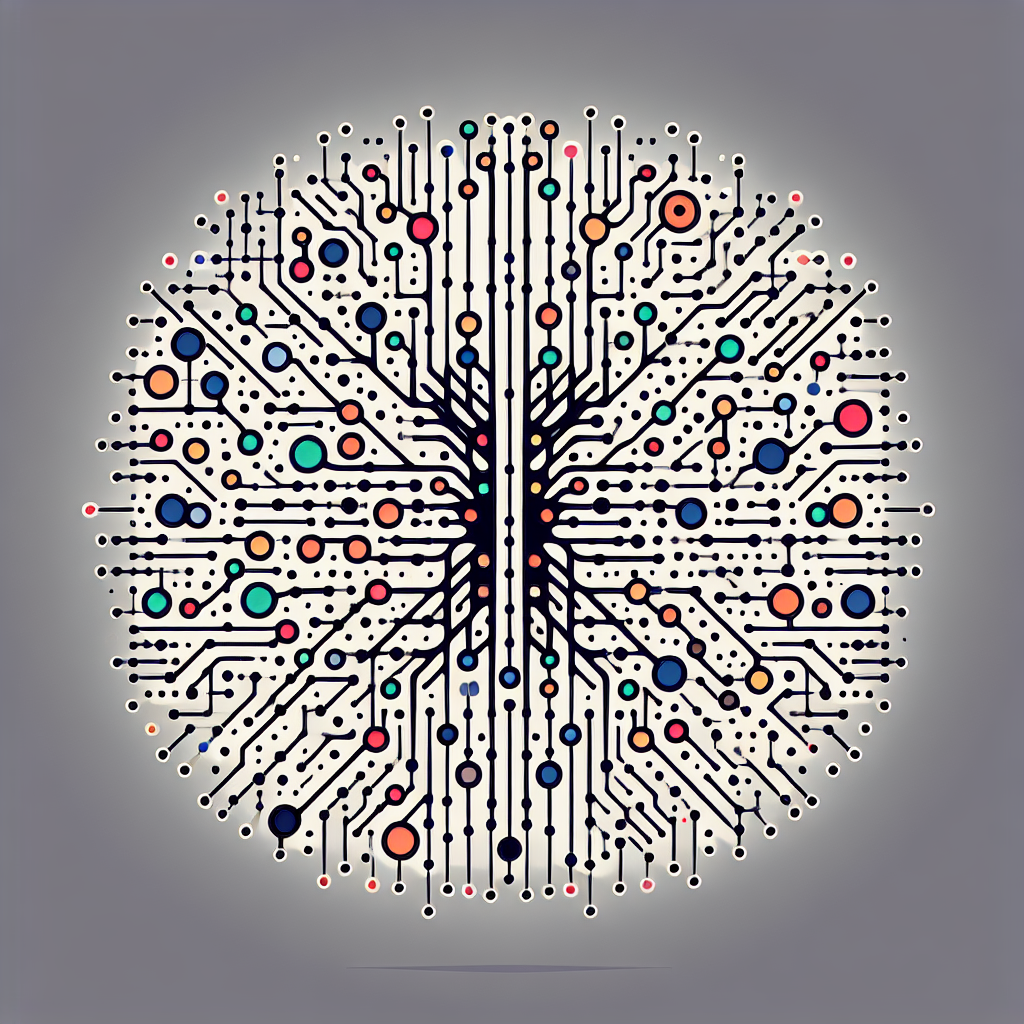Fix today. Protect forever.
Secure your devices with the #1 malware removal and protection software
Recurrent Neural Networks (RNNs) have revolutionized the field of natural language processing and time series analysis. Among the various types of RNNs, Long Short-Term Memory (LSTM) and Gated Recurrent Unit (GRU) are two popular choices due to their ability to capture long-range dependencies in sequential data.
LSTM and GRU are both types of RNNs that are designed to address the vanishing gradient problem, which occurs when gradients become too small during backpropagation through time. This problem can prevent the network from learning long-range dependencies in sequential data.
LSTM was introduced by Hochreiter and Schmidhuber in 1997 as a solution to the vanishing gradient problem. It consists of a memory cell, input gate, output gate, and forget gate. The memory cell stores information over time, while the gates regulate the flow of information into and out of the cell. This architecture allows LSTM to learn long-term dependencies by preserving information from earlier time steps.
On the other hand, GRU was proposed by Cho et al. in 2014 as a simplified version of LSTM. GRU also consists of a memory cell, reset gate, and update gate. The reset gate controls how much past information to forget, while the update gate determines how much new information to store in the cell. GRU is computationally more efficient than LSTM and has been shown to perform comparably in many tasks.
Both LSTM and GRU have their strengths and weaknesses. LSTM is more powerful in capturing long-term dependencies, but it requires more parameters and computational resources. GRU is simpler and more efficient, but it may struggle with tasks that require modeling complex temporal patterns.
To better understand the inner workings of LSTM and GRU, it is essential to grasp the concepts of gates, memory cells, and hidden states. Gates control the flow of information by regulating the input, output, and forget operations. The memory cell stores information over time, while the hidden state represents the current state of the network. By manipulating these components, LSTM and GRU can learn to process sequential data efficiently.
In conclusion, LSTM and GRU are powerful tools for modeling sequential data in RNNs. Understanding the inner workings of these architectures can help researchers and practitioners optimize their networks for specific tasks. By leveraging the strengths of LSTM and GRU, we can unlock the full potential of recurrent neural networks in various applications such as natural language processing, time series analysis, and speech recognition.
Fix today. Protect forever.
Secure your devices with the #1 malware removal and protection software
#Understanding #Workings #LSTM #GRU #Recurrent #Neural #Networks,recurrent neural networks: from simple to gated architectures

Leave a Reply
You must be logged in to post a comment.